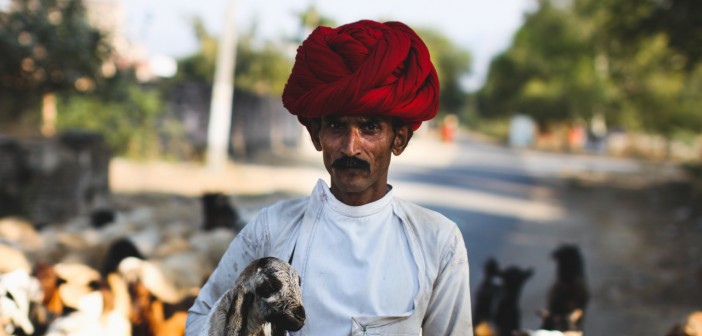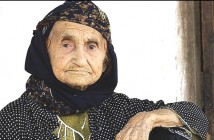For too long India has carried the dubious tag of being the diabetes capital of the world. However, the Raikas, a camel rearing tribe in the North, are renowned for being diabetes-free. When immunologists tried to discover the underlying reasons, the DNA of this tribe took them by surprise.
The scientists were looking for an absence of a particular gene associated with diabetes, but what they actually found was an abundance of it.
The study conducted by a group of researchers from AIIMS, New Delhi found in the Raikas, a very high frequency (53%) of Human Leukocyte Antigen (HLA) gene called HLA-DRBI*03 which is known to develop Type 1 diabetes (T1D) in people across the world, including the Indian population.
Type 1 diabetes is an auto-immune disorder in which the body fails to produce insulin that keeps the blood-sugar in control. It is commonly seen in children and young adults.
“Our finding is intriguing because the HLA-DRBI*03 allele is known to predispose people to diabetes and other autoimmune diseases (celiac disease, autoimmune thyroiditis) almost uniformly around the world,” said Narinder Mehra, one of the researchers, in an interview with Nature India.
He also added that the study was launched with the notion to find a low frequency of HLA which could explain the near absence of diabetes in this tribe.
So why is this tribe diabetes free?
This discovery has prompted the researchers to speculate on the influence of other factors such as the presence of “other protection conferring genes” or environmental and dietary elements.
According to the researchers, Raikas consume nearly half a litre of camel milk daily for at least five days a week. An earlier study along similar lines had found insulin-like protein in camel milk. Furthermore, clinical trials in 2005 by India’s Bikaner Diabetes Care Research Centre had shown that the daily “consumption of 0.5 litre camel milk” has the potential to reduce the need for “insulin medication by an average of 30%”.
The Raikas also spend their day toiling hard under the sun. Researchers feel that high physical activity and consistent exposure to sunlight could be acting as preventive factors. However, they feel further research is needed to “define the gene-environment interaction in the context of a multifactorial disease like Type 1 diabetes”.
Currently, India has over 30 million people diagnosed with diabetes. It is also predicted that by 2030, India’s diabetes mark may across 100 million. The diabetes burden on healthcare delivery in India is also on the rise. Understanding what keeps the Raikas diabetes-free may provide a clue to tackle the growing diabetes crisis in India.






1 Comment
Very great post. I just stumbled upon your weblog and wished to mention that I’ve truly enjoyed
browsing your blog posts. After all I will be subscribing in your feed and I’m hoping you write again very soon!